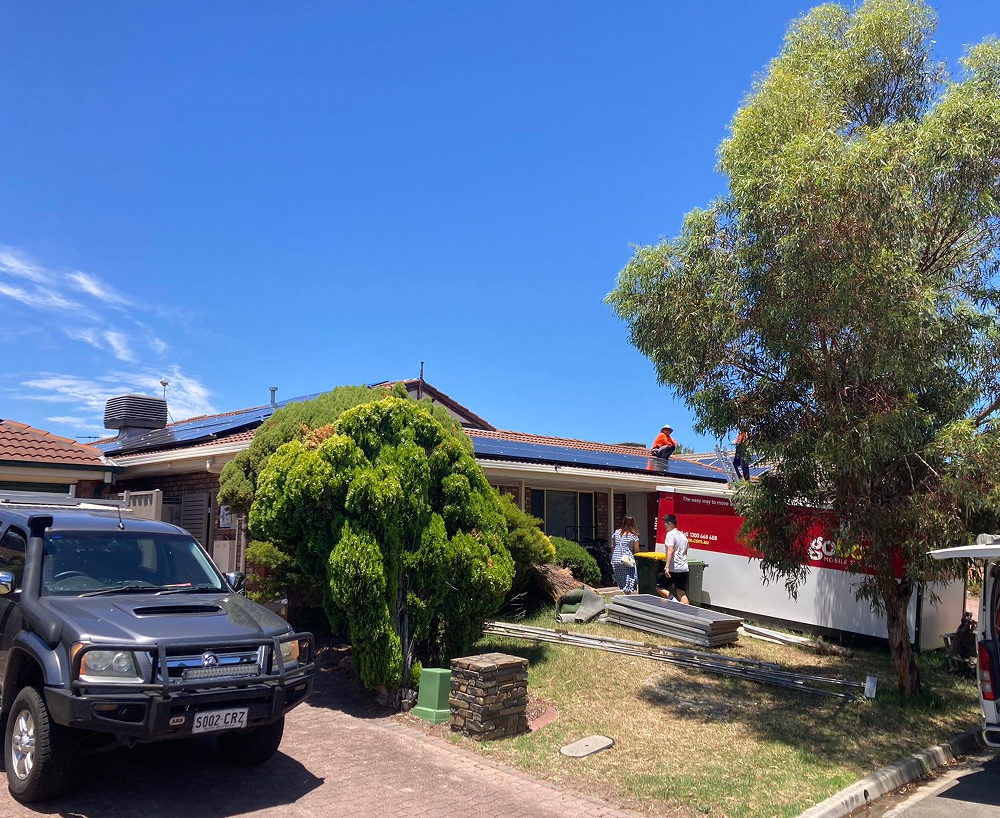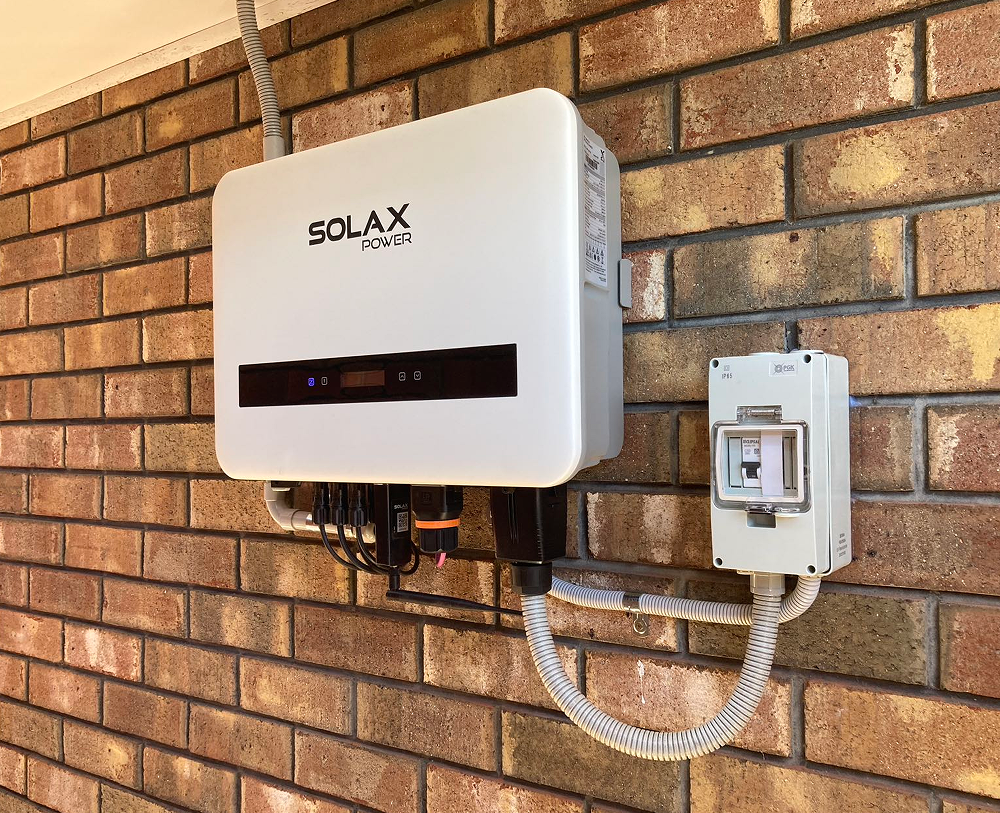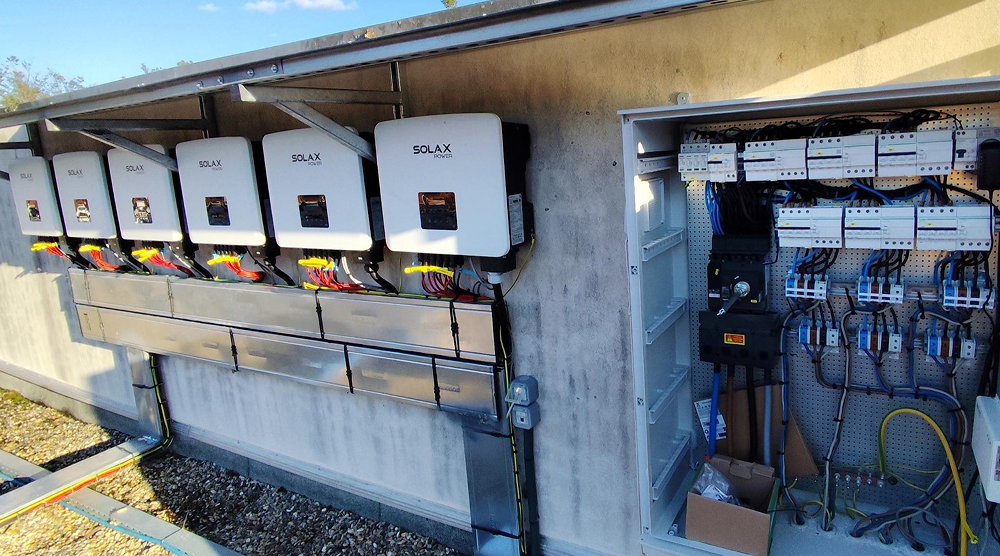With the growing global emphasis on sustainable energy, grid-connected renewable energy systems are playing a critical role in the shift from fossil fuels to clean energy sources. These systems enable the integration of solar renewable energy, such as solar, wind, and hydropower, into the electrical grid, allowing for a more sustainable and reliable power supply. Grid-connected renewable energy systems not only contribute to reducing carbon emissions but also support energy independence, energy security, and economic growth.
There are several types of grid-connected renewable energy systems, each contributing uniquely to a sustainable energy future:
Micro-Hydropower: Micro-hydropower systems harness the energy of flowing water to generate electricity. They are ideal for areas with constant water flow and can provide a reliable source of solar renewable energy, especially in remote or off-grid locations.
Small Electric Wind Systems: Wind energy systems, such as small-scale wind turbines, convert the power of the wind into electricity. These systems are particularly effective in windy regions, where they can generate significant amounts of power. A Wind-Solar-Energy Storage system integrates electricity generation from both wind turbines and solar panels, paired with energy storage solutions such as batteries. This combination addresses the inherent variability of renewable energy sources, ensuring a constant and reliable energy supply. As countries work toward ambitious net-zero emissions goals, these hybrid systems are crucial for reducing dependence on fossil fuels and promoting a sustainable energy future.
Solar Photovoltaic: Grid-connected PV systems use sunlight to generate electricity, and they are one of the most popular forms of renewable energy. Solar power is abundant, and when paired with energy storage systems, it can provide continuous power generation throughout the day and night.
To meet the increasing demand for integrated renewable energy systems, SolaX has developed a cutting-edge Wind-Solar-Energy Storage solution. This system smartly integrates wind, solar, and energy storage, offering an innovative and efficient energy management solution. By maximizing renewable energy usage while ensuring system reliability and performance, SolaX is helping to shape the future of grid-connected renewable energy.
Energy Stability and Reliability: By connecting renewable energy systems to the grid, electricity generated from renewable sources can be integrated with conventional energy, ensuring a stable and reliable power supply. This connection helps mitigate the intermittency issues associated with renewable sources, such as solar and wind.
Reduced Energy Costs: Grid-connected renewable energy systems can help reduce energy costs by allowing consumers to produce their own electricity and even sell excess energy back to the grid, benefiting from net metering or other compensation schemes.
Environmental Impact: By generating power from renewable sources, grid-connected battery energy storage systems contribute to reducing greenhouse gas emissions and dependence on non-renewable energy sources, helping to combat climate change.
Renewable energy gird systems work by converting renewable energy (e.g., solar, wind, or hydropower) into electricity, which is then fed into the electricity grid. The grid acts as a storage and distribution system, ensuring the generated power can be used by consumers as needed. In some cases, energy storage systems are incorporated into the system to store excess power for later use, ensuring a continuous supply of electricity even when renewable energy generation is low.
For example, in a grid-connected solar power system, solar panels generate electricity from sunlight, which is then converted from DC to AC by an inverter. The electricity is fed into the grid, providing power to homes and businesses. If excess power is generated, it can be stored in batteries or sold back to the grid, reducing energy costs for the consumer.
When designing and installing a grid-connected renewable energy system, several key factors must be considered:
System Design: The system must be designed based on the location, energy requirements, and the renewable energy source being used. An efficient system will ensure that energy generation matches consumption patterns, maximizing the benefits of renewable energy.
Component Selection: The selection of components, such as solar panels, wind turbines, inverters, and batteries, is crucial to ensure the efficiency and longevity of the system. Quality components from trusted brands like SolaX are essential for optimal performance and energy output.
Safety Features: Grid-connected systems must include safety features such as circuit breakers, surge protectors, and disconnect switches to protect both the system and the grid from damage due to power surges or system failures.
When analyzing grid-connected solar power system projects, several factors need to be taken into account, including location, system size, energy production potential, and financial viability. The increasing adoption of grid solar technologies has led to a reduction in the cost of solar PV systems, making them more accessible to consumers and businesses alike.
Grid projects like those developed by SolaX, a leading grid solar company, are transforming the way solar energy is harnessed and integrated into the power grid. By using advanced and clean energy storage solution, such as batteries, SolaX ensures that the energy generated by solar power systems is efficiently stored and used, enhancing the overall performance and reliability of the system.
SolaX X1 Smart G2 is an advanced solar inverter designed for optimal performance in grid-connected storage systems. This inverter offers three MPP trackers, making it compatible with high-power panels and supporting up to 20A of PV input. With features like 200% PV oversizing and 110% AC overloading, it maximizes energy capture and efficiency. The X1 Smart G2 also incorporates user-friendly elements, such as quick plug-and-play installation, a 10-second data refresh, and parallel connection capabilities. For enhanced safety, it includes optional RSD and integrated DC AFCI protection, meeting 2030.5 standards to provide secure and sustainable energy for residential use."


The installation consists of five X3-Pro-G2 inverters with a capacity of 30 kW each and one X3-ProG2 inverter with a capacity of 20 kW, for a total system capacity of 170 kW. All inverters are interconnected through a DataHub1000, which ensures centralized management. The DataHub1000 is also connected to an energy meter via an RS485 communication interface, enabling real-time monitoring of energy production and consumption.
